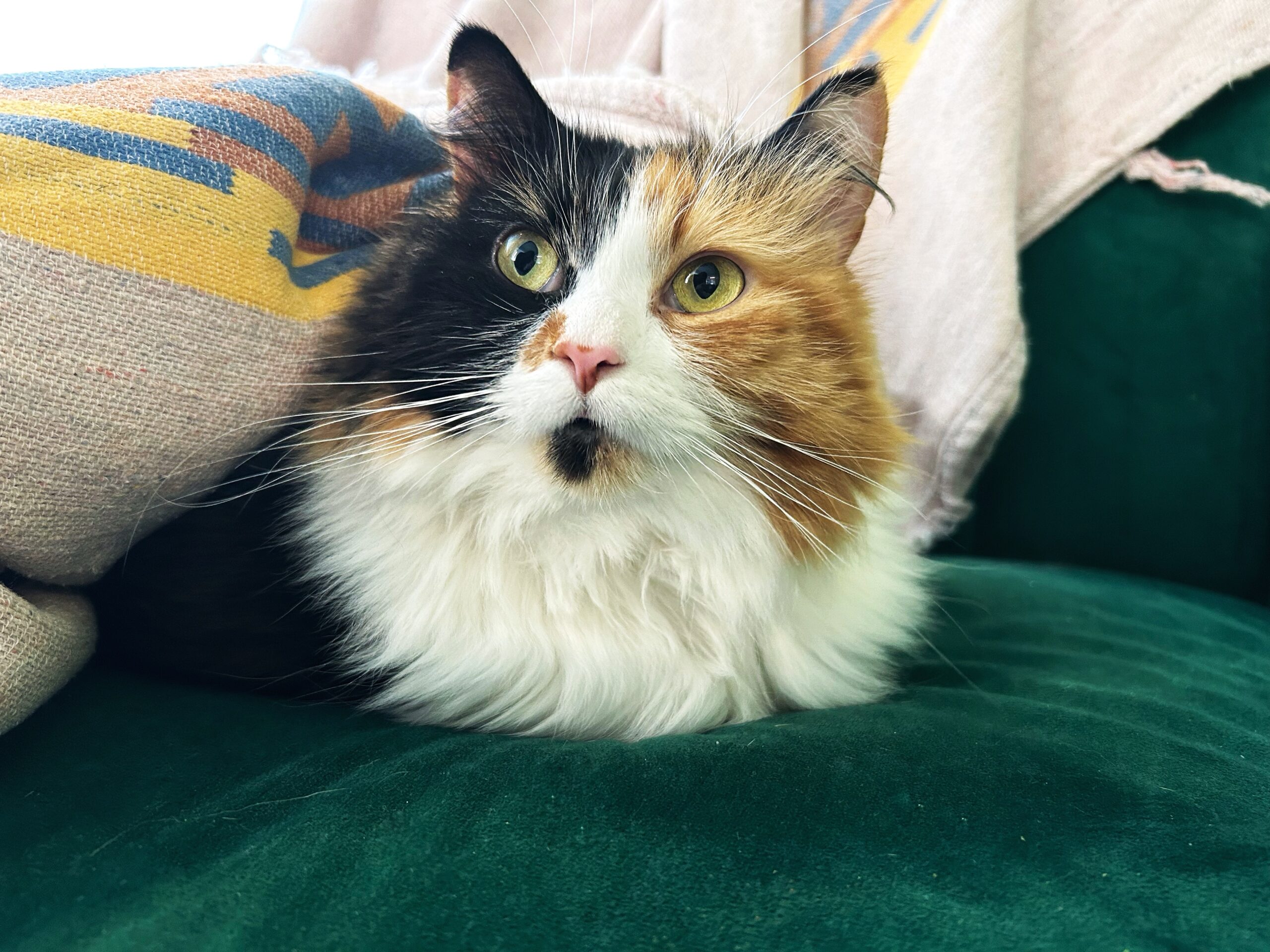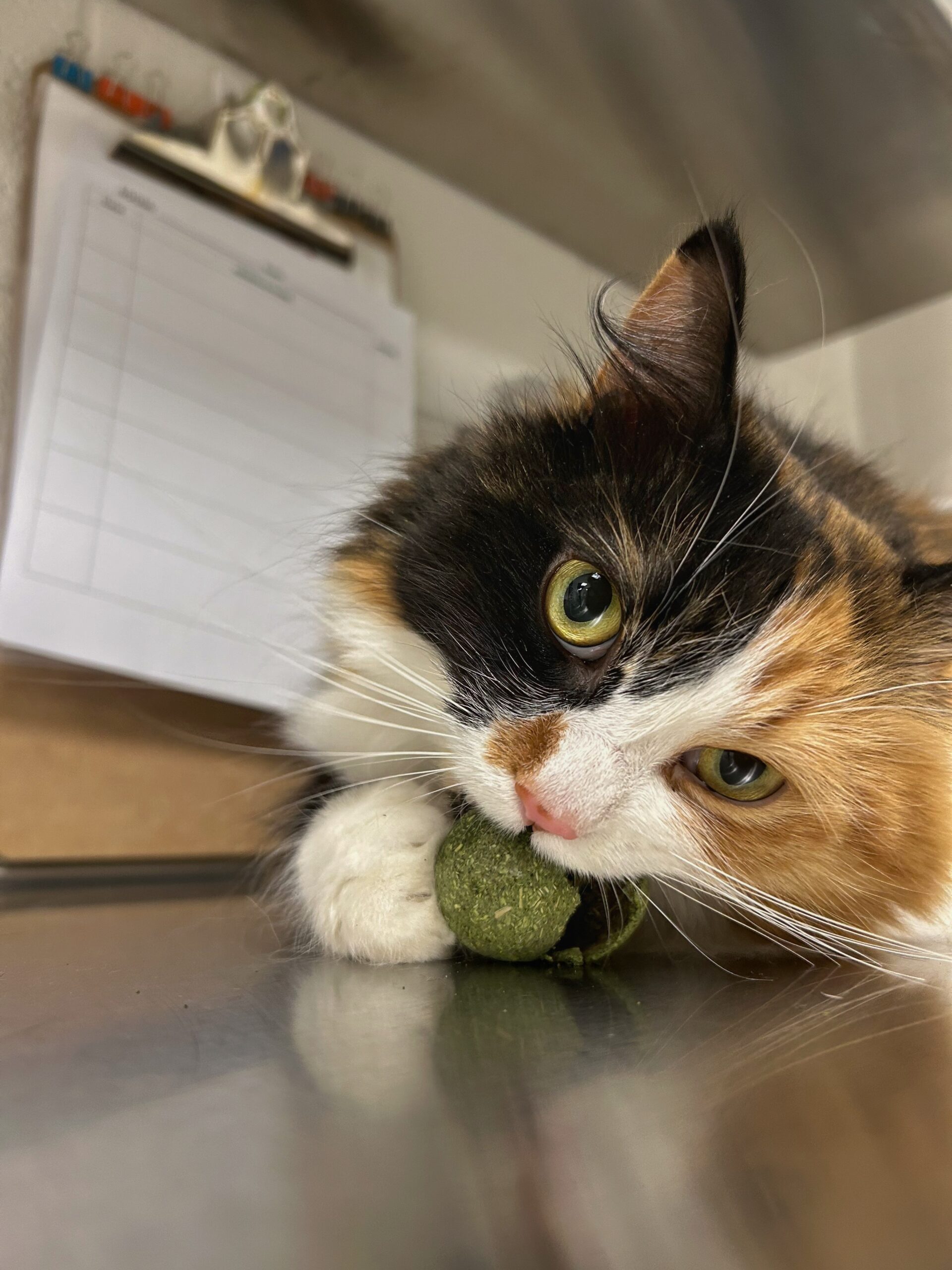
Declawing Cats: The Facts, Risks, and Humane Alternatives
At the Peterborough Humane Society, we’re committed to helping our community make informed and compassionate decisions for their pets. One of the questions we hear often is about declawing cats. It can sometimes be presented as a quick fix for unwanted scratching, but the truth is that declawing is not a simple procedure and has serious consequences for cats.
What Is Declawing?
Declawing is often misunderstood. Many people assume it is the removal of a cat’s nails, similar to trimming or removing a fingernail. In reality, declawing is a surgical amputation of the last bone of each toe. To imagine this in human terms, it would be like cutting off each finger at the last joint.
Because claws grow directly from bone, removing them requires cutting through skin, tendon, nerves, and bone. The surgery is invasive and painful, and while cats are resilient, the impact can last long after the surgical wounds heal.
How Declawing Affects Cats
Cats are built to use their claws. They rely on them for stretching, climbing, playing, balance, and self-defense. When claws are removed, the effects can ripple through many aspects of their lives:
-
Pain and Complications: Even with pain management, declawing can cause lingering or chronic pain. Some cats develop infections or nerve damage at the surgical site.
-
Litter Box Avoidance: Scratching in litter can be painful post-surgery, leading cats to avoid the litter box entirely and instead choose soft surfaces like carpets or bedding.
-
Mobility Issues: Without their claws, cats must change the way they walk. Over time, this can lead to joint stress, back pain, or arthritis.
-
Behavioral Changes: Cats who no longer have their claws may feel defenseless. Some become more fearful, while others may begin to bite as a way to protect themselves.
These physical and behavioral challenges are why many veterinary professionals and animal welfare organizations strongly oppose declawing for non-medical reasons.

What Do Veterinarians Say?
Across North America, there is a growing movement against elective declawing. The Canadian Veterinary Medical Association (CVMA) does not support declawing for behavioral reasons, and many provinces have banned the practice altogether. In Ontario, declawing is considered unnecessary and inhumane except when medically required (for example, to remove a cancerous growth).
Most veterinarians today will not perform the procedure unless absolutely necessary, and they recommend working with your cat’s natural instincts instead.
Managing Scratching the Healthy Way
Scratching is not a “bad behavior” — it is a normal, instinctive action for cats. Scratching helps them stretch their muscles, shed old claw sheaths, and mark their territory both visually and with scent. With the right tools and patience, scratching can be redirected in safe and manageable ways.
Here are some strategies to support your cat and protect your home:
-
Regular Nail Trimming: Keeping claws short reduces the potential for damage. A groomer or veterinarian can show you how.
-
Scratching Posts and Pads: Offer both vertical and horizontal options in different materials like sisal, cardboard, or carpet. Place them near your cat’s favorite resting spots or near furniture they like to scratch.
-
Positive Reinforcement: Reward your cat with treats, play, or praise when they use their post.
-
Furniture Protection: Use double-sided tape or pet-safe deterrent sprays on areas you want to protect.
-
Soft Nail Caps: These covers can be applied to your cat’s claws to reduce scratching damage. They are temporary and need replacing as claws grow.
A More Compassionate Choice
Declawing may once have been seen as a solution, but today we know there are far better, more humane options. By providing enrichment, safe scratching outlets, and positive training, cats can live happy, healthy lives without the need for surgery.
At the Peterborough Humane Society, we believe education and support are the keys to building strong bonds between people and pets. If you need help managing your cat’s scratching, we’re here to provide advice and resources. Together, we can ensure cats keep their claws, while still living harmoniously with their families.
